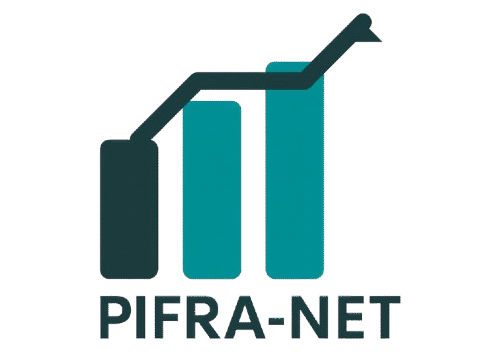How to Get the Best Loan and Banking Deals in 2025 (U.S. Guide)

How to Get the Best Loan and Banking Deals in 2025 (U.S. Guide)
Finding the right loan or banking deal in 2025 can be challenging, especially with rising interest rates and new digital banking trends. Whether you’re financing a car, buying a home, or simply looking for a better savings account, knowing how to compare offers can save you thousands.
Here’s a practical guide to help you get the best rates and benefits in today’s fast-changing U.S. market.
1. Know Your Credit Score and Improve It First
Your credit score still plays the biggest role in determining what kind of loan or credit card you qualify for. A higher score means lower interest rates, better terms, and more flexible repayment options.
Before applying for any loan, check your credit report through AnnualCreditReport.com. Correct any errors, pay down high balances, and avoid taking on new debt for a few months.
2. Compare Loan Offers from Multiple Lenders
Never accept the first offer you receive. Use online comparison tools and rate aggregators to review different lenders side-by-side. Many digital platforms now show real-time APRs, estimated payments, and eligibility without affecting your credit score.
If you’re planning to finance a vehicle, check out Payziox’s guide on smarter car finance options.
3. Watch for Hidden Fees and Conditions
Some loans come with processing fees, prepayment penalties, or insurance add-ons that increase the total cost. Always read the fine print before signing any contract.
Ask your lender for a complete breakdown of fees and the APR (Annual Percentage Rate)—this gives you a true picture of what you’ll pay annually.
4. Leverage Digital Banks and Fintech Platforms
Online-only banks and fintech lenders are often more competitive than traditional institutions. They typically offer:
- Lower fees
- Higher savings account yields
- Faster approval times
- Better mobile apps for tracking your finances
In 2025, digital-first banks are focusing heavily on customer rewards, instant loan approval, and AI-based financial advice.
5. Consider Secured vs. Unsecured Loans
If you have strong assets (like a car or home), a secured loan might help you qualify for a lower rate. On the other hand, unsecured personal loans offer flexibility without risking your property.
Choose based on your comfort level and repayment ability. For example, a small personal loan might be fine unsecured, while a mortgage or car loan should be secured with collateral.
6. Take Advantage of Credit Union Offers
Credit unions are nonprofit financial institutions that often provide better loan rates and customer service than major banks. They’re ideal for borrowers with average credit or those seeking personal attention.
Membership is typically based on location or employer, and the savings in interest can be significant over time.
7. Negotiate with Banks — Don’t Be Afraid to Ask
Many Americans don’t realize that loan terms are negotiable. If you have a strong credit profile or multiple offers, use that leverage to ask for a lower rate or reduced fees.
Even if your bank can’t match an online lender, they may offer a loyalty discount or bundle deal with your existing accounts.
8. Stay Informed About Rate Changes
Interest rates in 2025 will continue to fluctuate based on Federal Reserve policy and inflation. Before locking in a long-term loan, review the latest rate trends.
You can find updates directly from the Consumer Financial Protection Bureau or trusted financial outlets.
9. Bundle and Automate Your Finances
Many banks now offer discounts if you bundle products—like combining a savings account, checking account, and personal loan. Setting up auto-pay also helps you avoid missed payments and may qualify you for extra rate reductions.
Automation not only simplifies your finances but also builds consistency that strengthens your credit history.
10. Refinance When It Makes Sense
Even after you’ve secured a loan, keep checking for refinancing opportunities. Refinancing at a lower rate can cut your monthly payments or shorten your loan term.
Just make sure to calculate whether the savings outweigh any new fees. Refinancing works best for mortgages, student loans, and car loans when rates drop or your credit improves.
Final Thoughts
Getting the best loan or banking deal in 2025 comes down to preparation and research. Monitor your credit, compare lenders, and use technology to your advantage.
Smart borrowers don’t just look at the interest rate—they look at the full picture, from fees and flexibility to digital convenience and long-term value.
With the right approach, you can borrow wisely, save more, and keep your financial goals on track throughout 2025 and beyond.


